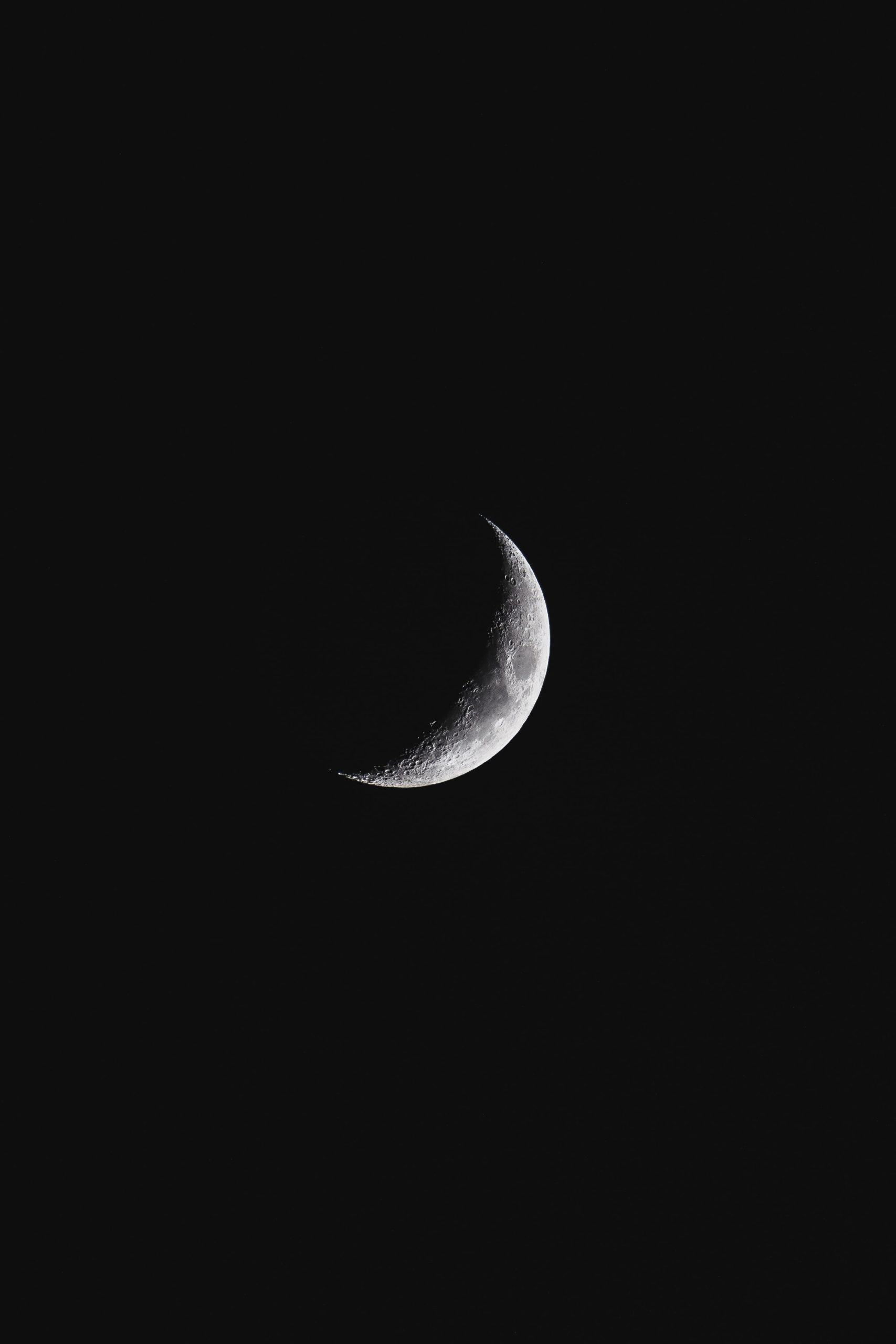What are the Two Types of Lunar Eclipses?
Lunar eclipses are mesmerizing celestial events that have captivated human beings for centuries. They occur when the Earth, Moon, and Sun align, causing the Moon to enter Earth’s shadow. During a lunar eclipse, the Moon takes on a captivating reddish hue, prompting many to refer to it as the “Blood Moon.” However, not all lunar eclipses are the same. There are actually two main types of lunar eclipses: the total lunar eclipse and the partial lunar eclipse. In this blog post, we will explore these two types and delve into the fascinating details behind each.
Total Lunar Eclipse
A total lunar eclipse is considered the pinnacle of lunar phenomena. It occurs when the Earth completely blocks the Sun’s direct light from reaching the Moon. During a total lunar eclipse, the Moon moves through Earth’s dark inner shadow, known as the umbra. This casts a shadow onto the Moon, causing it to appear dramatically different in color and brightness.
The process of a total lunar eclipse can be divided into several distinct stages, each with its own unique characteristics. These stages include the penumbral phase, partial phase, and the total phase.
Penumbral Phase
During the penumbral phase, the Moon enters Earth’s outer shadow, known as the penumbra. This phase is often challenging to observe as the changes in the Moon’s appearance are minimal. The Moon might only appear slightly dimmer or exhibit subtle changes in color.
Partial Phase
The partial phase of a total lunar eclipse is when the Moon starts moving into the darker, central part of Earth’s shadow called the umbra. As the Moon progresses further into the umbra, it becomes increasingly obscured, appearing darker and more mysterious. Various shades of orange and red can be observed during this phase, caused by the scattering of sunlight through Earth’s atmosphere.
Total Phase
The total phase is the climax of a total lunar eclipse. During this stage, the Moon is entirely engulfed in Earth’s umbra, causing it to take on a reddish hue. This phenomenon, often referred to as the “Blood Moon,” is a result of sunlight being scattered and refracted by Earth’s atmosphere, with longer wavelengths of light bending around the Earth and reaching the Moon. The intensity and color of the red tint can vary from one lunar eclipse to another due to atmospheric conditions such as pollution and volcanic activity.
It is important to note that during a total lunar eclipse, the Moon doesn’t completely disappear from view. Instead, even when fully within Earth’s shadow, it remains visible due to the phenomenon called “Earthshine.” Earthshine is sunlight that is reflected off the Earth’s surface and illuminates the Moon, providing a faint glow and contributing to the Moon’s overall visibility.
| Appearance | Phases | Visibility |
|---|---|---|
| Slightly dimmer, subtle color changes | Penumbral Phase | Can be challenging to observe |
| Darker, shades of orange and red | Partial Phase | Clearly visible as the Moon moves through Earth’s shadow |
| Reddish hue, “Blood Moon” | Total Phase | Visible as long as the Moon is above the horizon and skies are clear |
Partial Lunar Eclipse
Unlike a total lunar eclipse, a partial lunar eclipse occurs when only a portion of the Moon enters Earth’s umbra. The remaining part of the Moon may still be visible and illuminated by the Sun, creating a striking visual contrast between the darkened and illuminated sections. This type of lunar eclipse usually happens when the alignment between the Sun, Earth, and Moon is not perfect, causing the Moon to pass slightly to the side of the Earth’s umbra.
During a partial lunar eclipse, the Moon undergoes similar phases as during a total lunar eclipse, including the penumbral and partial phases. However, since it doesn’t enter the central region of the umbra, it never experiences the vivid red coloration seen in a total lunar eclipse. Instead, the Moon appears partially obscured, with a noticeable darkening on a section of its surface.
| Appearance | Phases | Visibility |
|---|---|---|
| Slightly dimmer, subtle color changes | Penumbral Phase | Can be challenging to observe |
| Partially obscured, darkened section | Partial Phase | Clearly visible as the Moon partially enters Earth’s shadow |
In Summary
Lunar eclipses are breathtaking celestial phenomena that capture the imagination of sky enthusiasts worldwide. Understanding the two types of lunar eclipses, the total lunar eclipse and the partial lunar eclipse, allows for a deeper appreciation of these wonders. During a total lunar eclipse, the Moon moves entirely into Earth’s umbra, creating the striking “Blood Moon” appearance. On the other hand, a partial lunar eclipse occurs when only a portion of the Moon enters the umbra, resulting in a visually captivating display of the Moon partially obscured.
Witnessing a lunar eclipse is a remarkable experience that connects us to the vastness of the universe and reminds us of the celestial dance occurring above us. Whether it’s the ethereal red glow of a total lunar eclipse or the intriguing contrast of a partial lunar eclipse, these events are reminders of nature’s extraordinary beauty.
Disclaimer: The appearance and impact of lunar eclipses can vary based on numerous factors such as geographical location, weather conditions, and atmospheric circumstances. Observing such phenomena should always be done safely and with proper precautions.
Table of Contents
